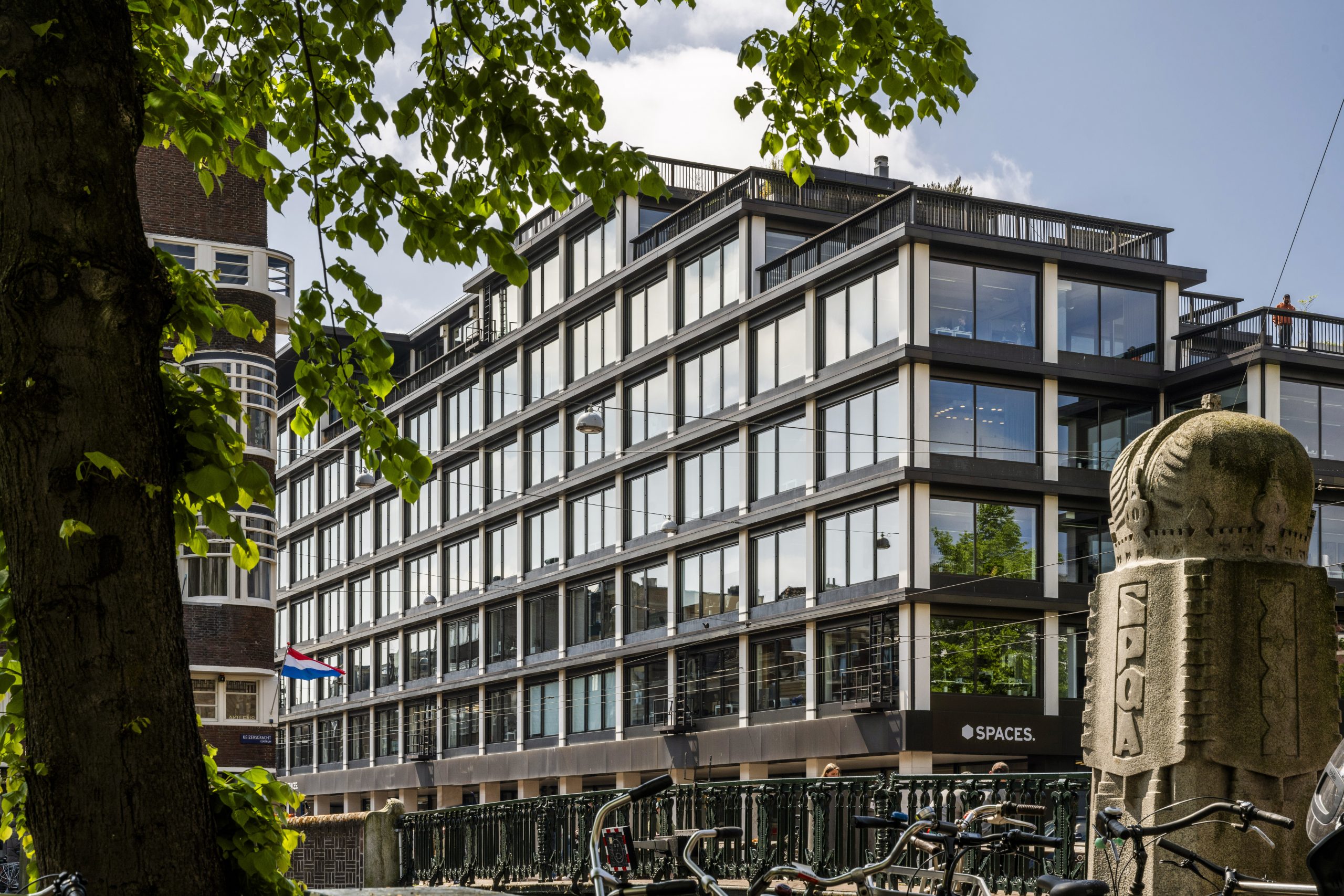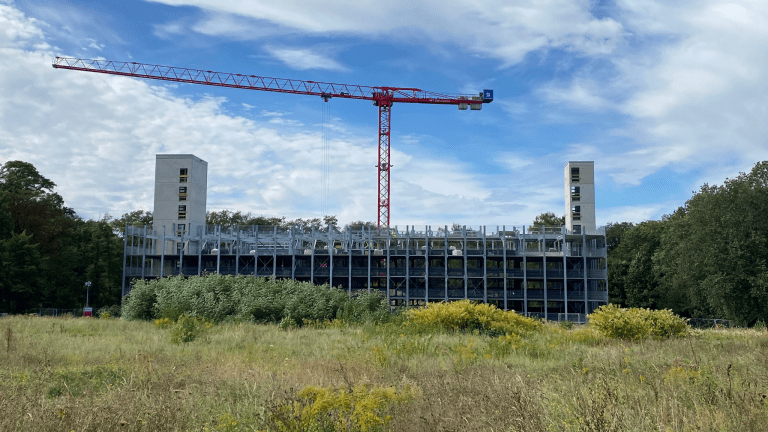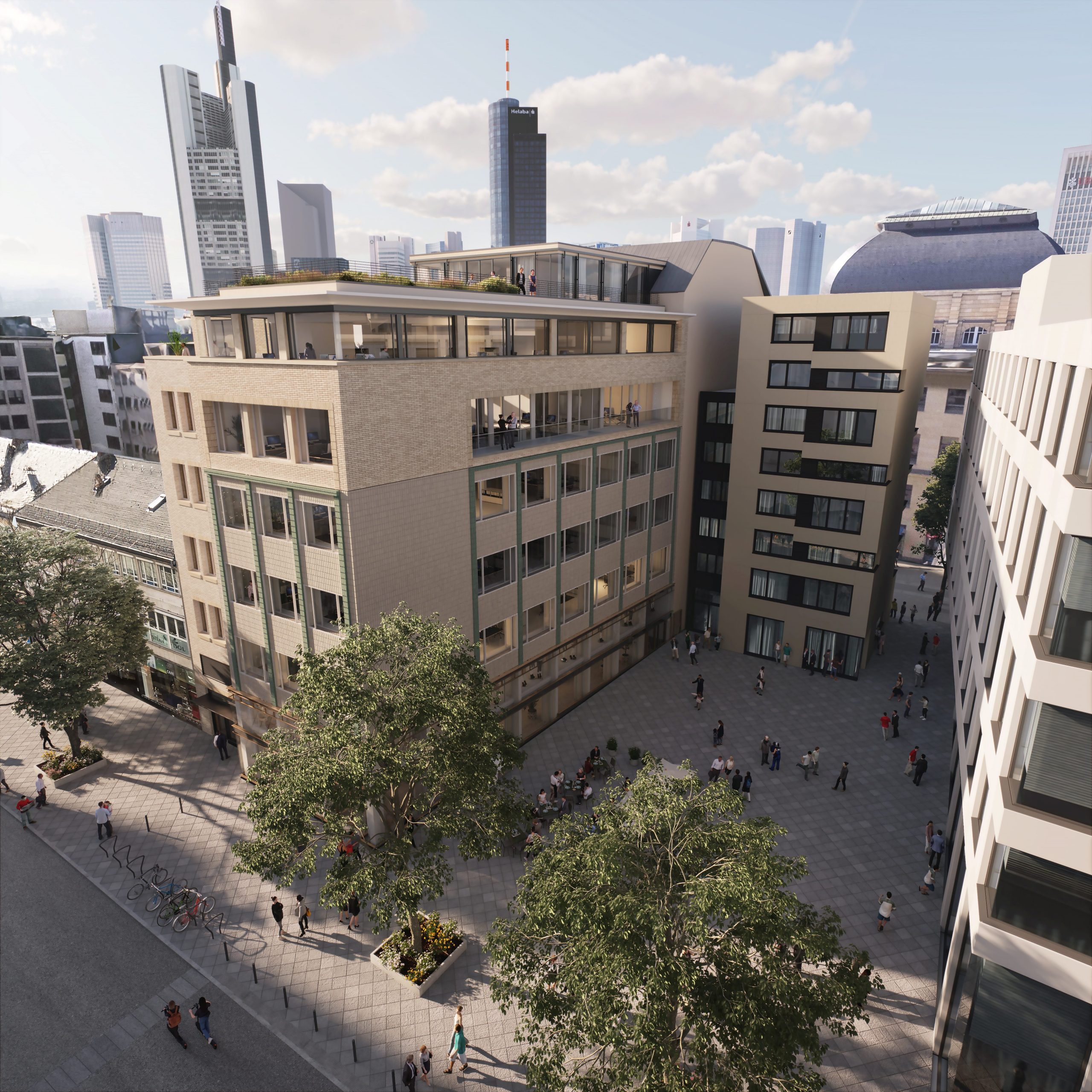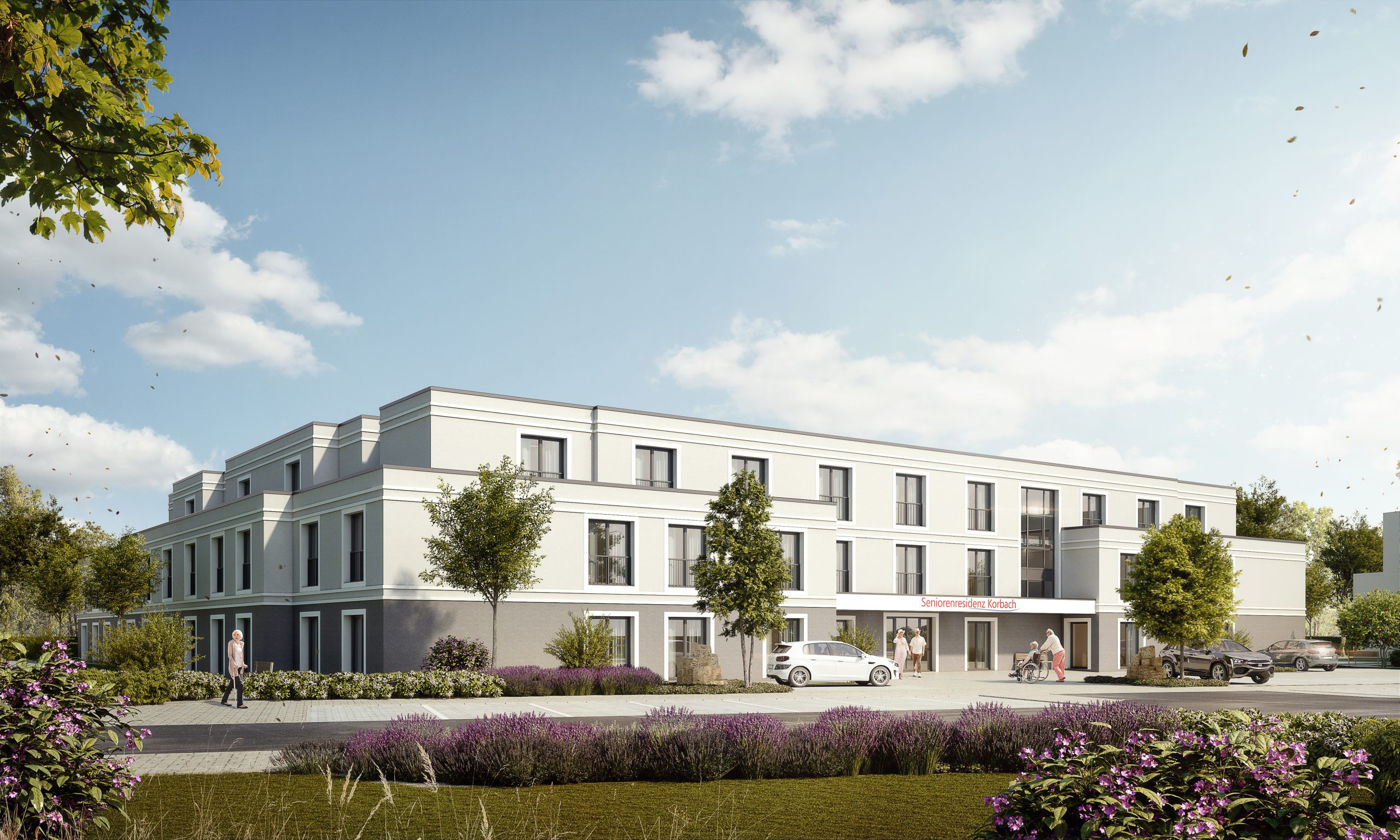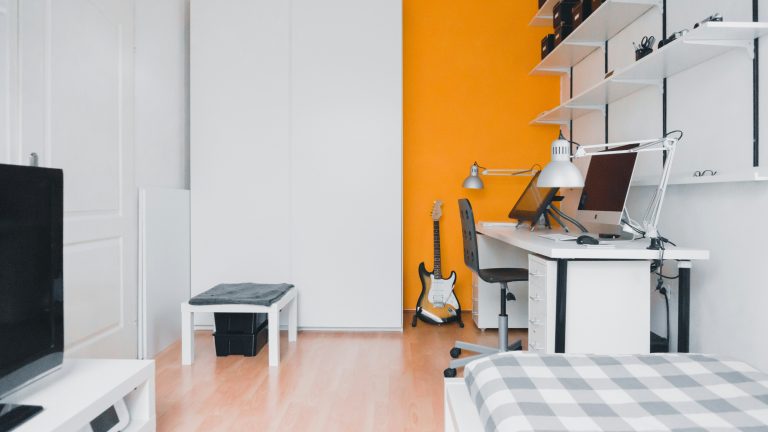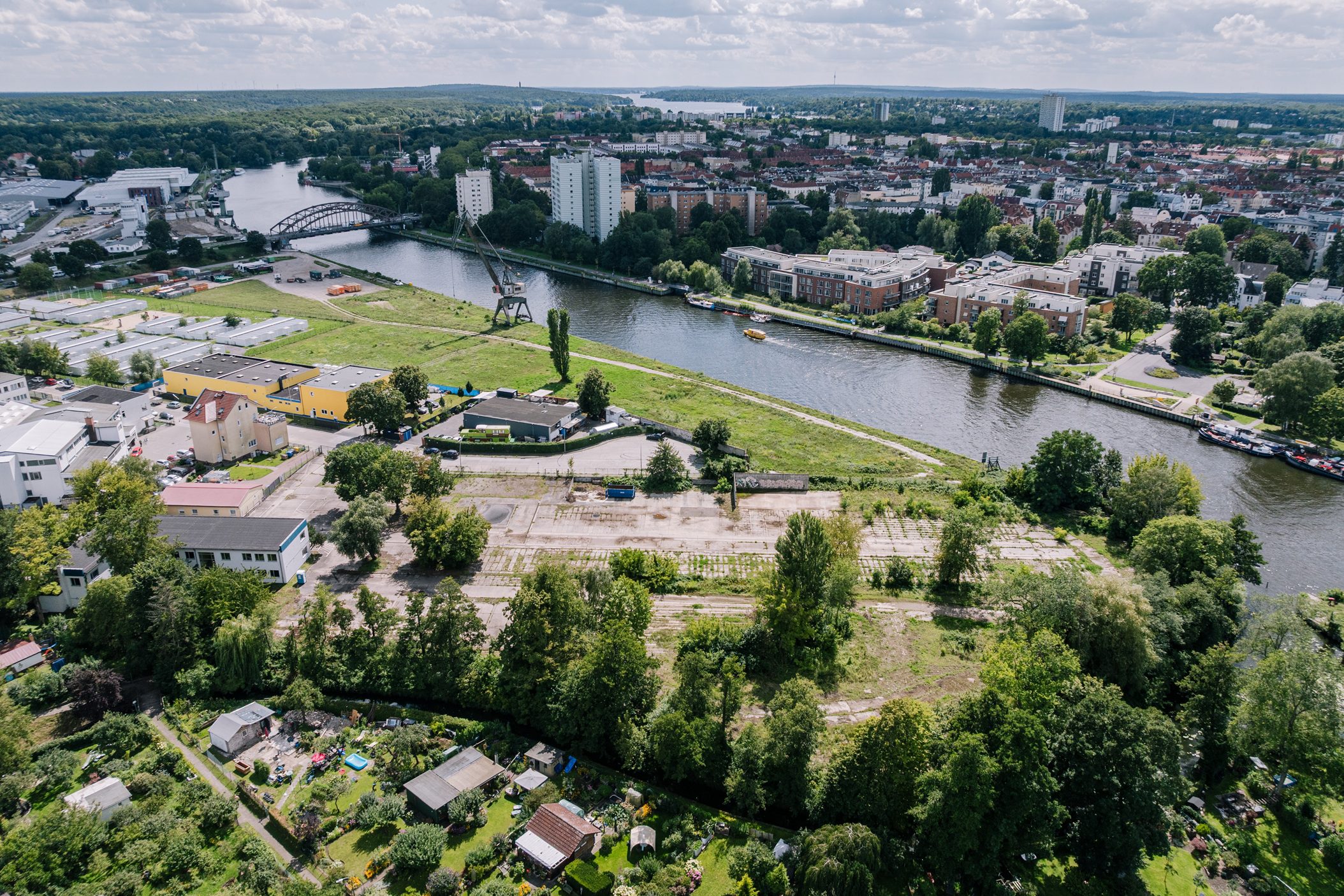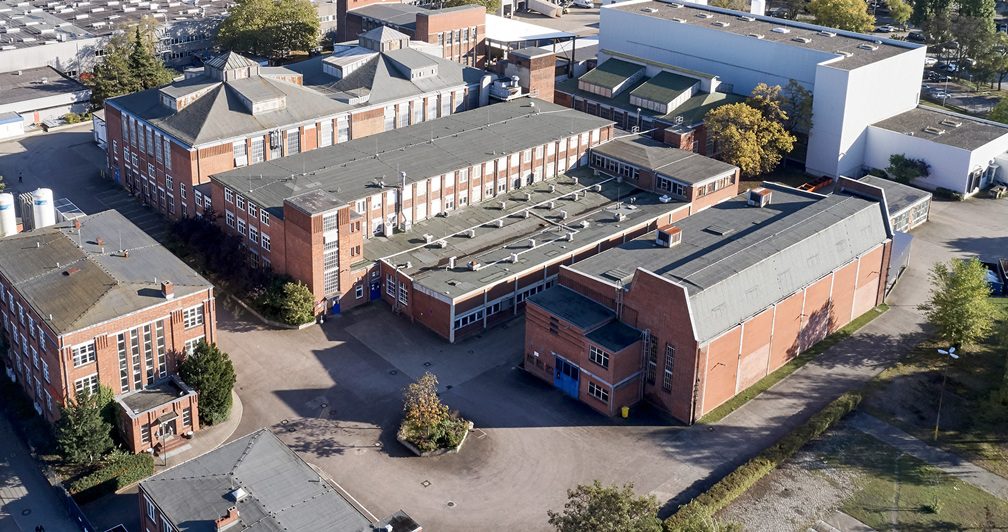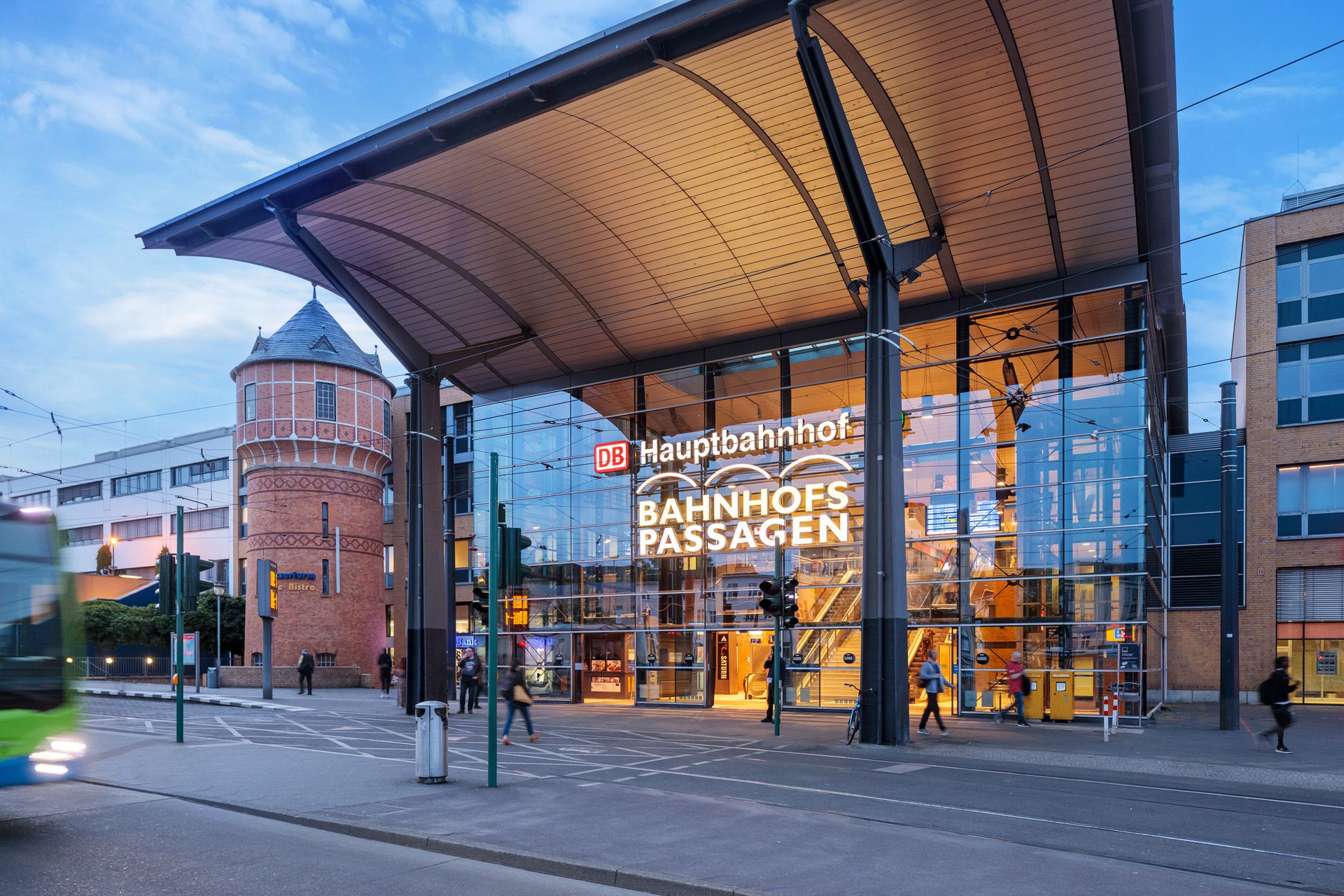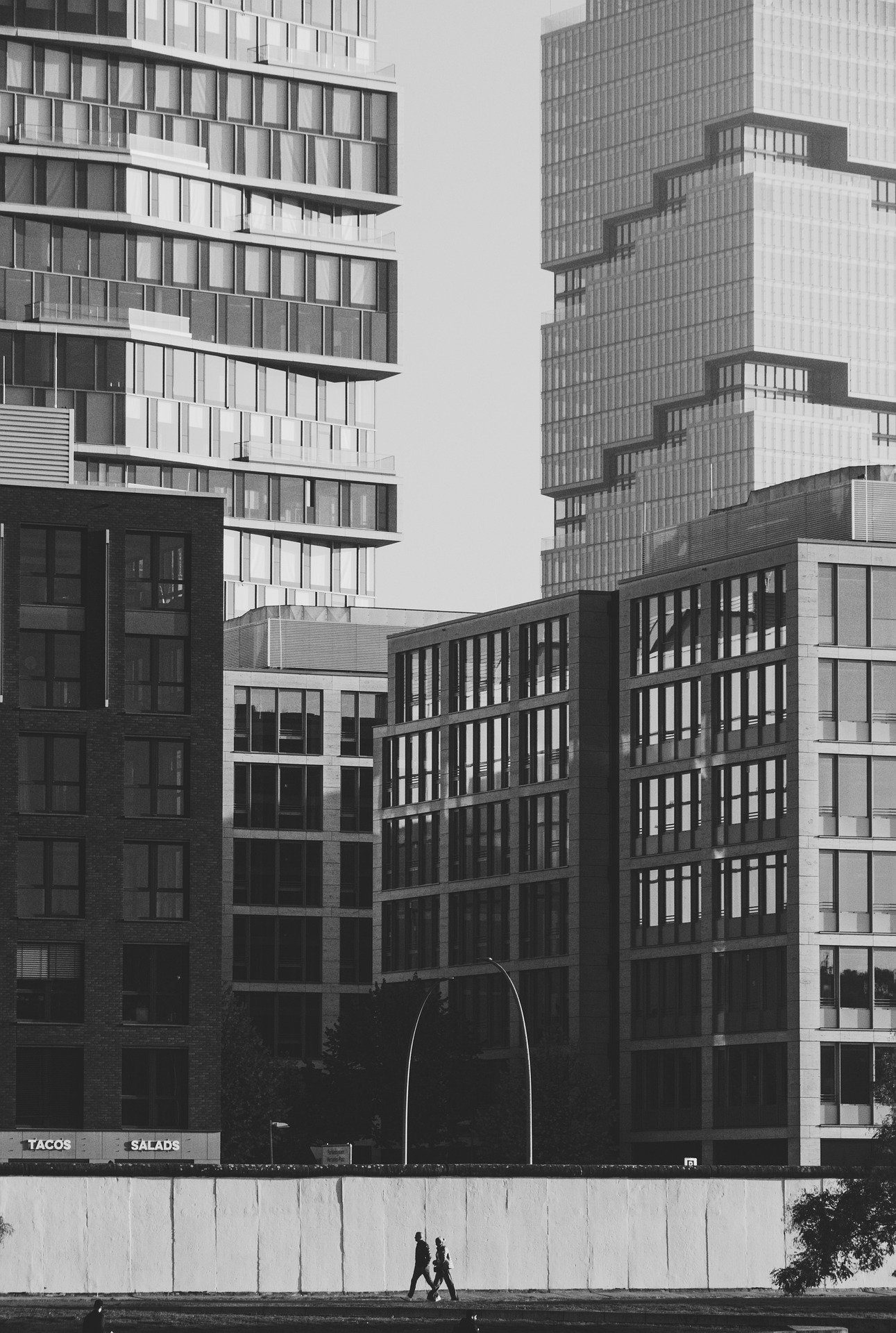BNP Paribas Real Estate publishes figures on the retail investment market for the 2nd quarter of 2025
The retail investment market recorded a transaction volume of just over €2.86 billion in the middle of the year, putting it ahead of logistics assets (€2.78 million) and office properties (€2.67 million) by a razor-thin margin of the top three property types. This was made possible above all by the takeover of the Porta Group by XXXLutz, which is associated with a total of over 100 specialist stores and sales in the high three-digit million range. This is the result of the analysis by BNP Paribas Real Estate
“Apart from this large-volume revenue driver, the current market is primarily dominated by smaller deals: If the Porta acquisition is excluded from the result, around 57% are transactions up to the €50 million mark,” explains Christoph Scharf, Managing Director of BNP Paribas Real Estate GmbH and Head of Retail Services. The fact that investment momentum is quite high, but is currently not decisively reflected in volume (-21% compared to H1 2024) due to the fragmentation, is also underlined by the number of registered sales. More investments were made in the first half of the year than in the two periods of the previous year. In addition, many sales processes are still in the preparation or marketing phase, which means that market sentiment is better than it is expressed in the result.
It is hardly surprising that the Porta takeover is also reflected in the distribution of sales by property type: In this context, the retail park division was able to generate a very high share of sales of just under 68% in the first half of the year. The major portfolio transactions in this segment also include the sale of 22 local supply properties to the Habona Invest Group. Apart from the specialist stores, Designer Outlet Berlin and some smaller investments by shopping centres have helped shopping centres to a share of 16%. Commercial and department stores are currently still at a low 12% and 4% respectively.
Small-scale sales in A-cities, yields stable
In the context of the market-dominating volume of specialist stores, it is not surprising that the A-locations, which usually appear through large-volume high-street or shopping centre sales, have so far only been able to participate to an extremely limited extent in the result. To date, only a few smaller properties have been sold in the top markets. However, this is to be seen as a snapshot and in the further course of the year it cannot be ruled out that investment volumes in the high-street sector in particular could pick up again.
There were no changes in net prime yields in the first six months, after only retail parks became more expensive again for the first time at the end of 2024 (4.65%). Individual food retailers are still at 4.90%, shopping centres at 5.60% and DIY stores at 5.70%.
Market activity in the retail investment market was once again very diverse in the first half of the year, which is evidenced not only by the one-off effect in the course of the Porta takeover but also by the high number of transactions recorded. Overall, it is evident not only in the retail sector, but also in the other top property types, that investment momentum is currently expressed less in volume than in ongoing sales processes.
As a result, several and sometimes larger properties continue to circulate on the market that are in the finalization phase or at least are well advanced. This strengthens confidence in a positive sales development in the coming quarters. A look at the past shows that it is only a matter of time before the A locations, which have remained significantly underrepresented so far this year, reappear more extensively.
In terms of property types, demand remains focused in particular on retail park and food investments as well as portfolios in this segment. At the same time, however, increasing impulses and offers in the shopping center segment are currently being registered. In addition, high-street investments remain a sought-after asset class in good conditions with regard to macro and micro locations. One in four transactions is accounted for by commercial houses, but the division only generates 12% of sales.
“In the overall view of the market conditions outlined above, it can be assumed that the stabilisation trend for prime yields will continue. In the retail park segment, however, it cannot be ruled out that prices will rise again in the short to medium term, especially for food-anchored property types,” says Christoph Scharf.
To the market report

